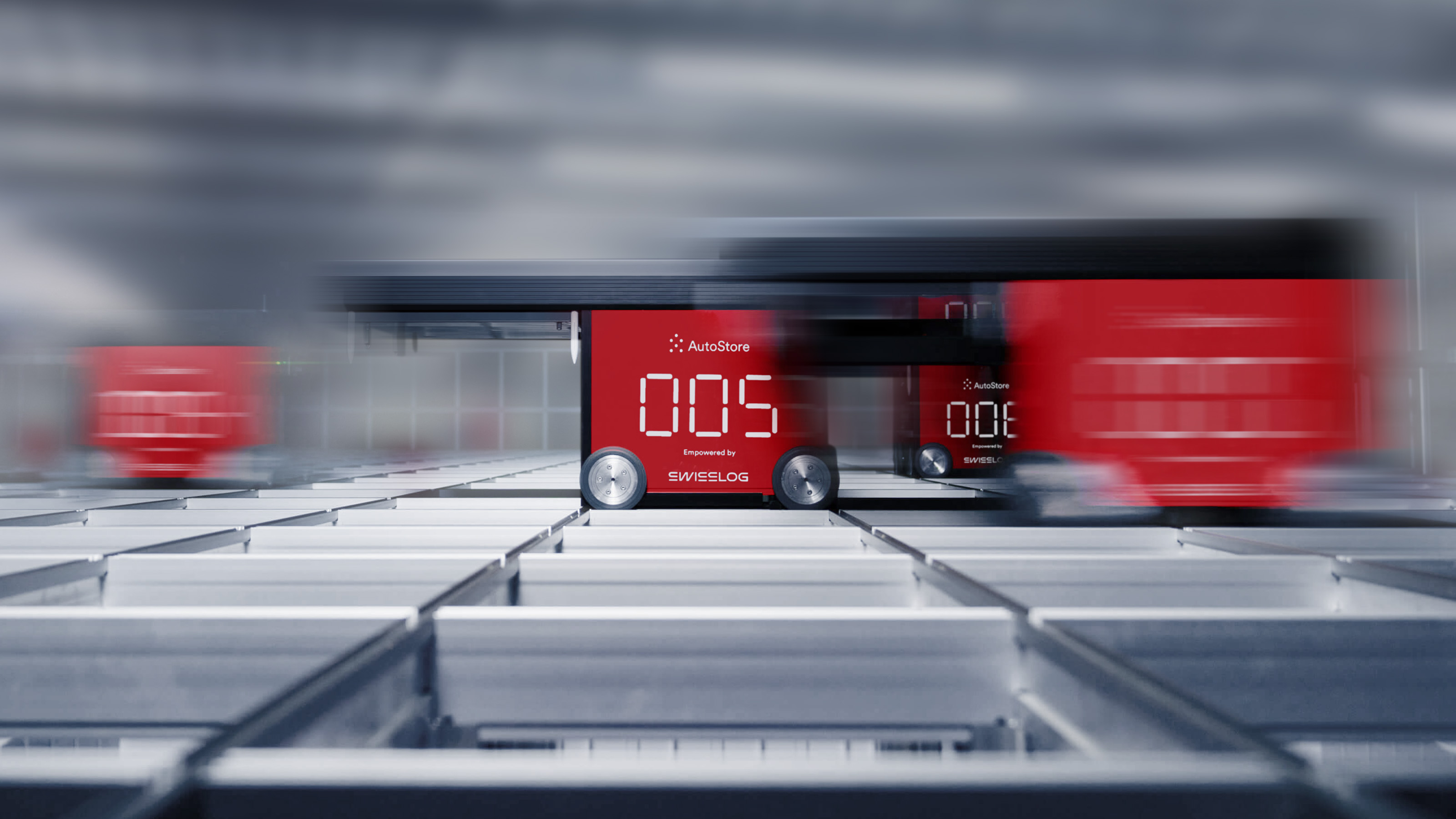Establishing Decision Criteria
When we work with grocers early in the automation process, it’s not unusual for them to have already identified the product categories they want to automate and those they believe are best handled with manual picking. Their criteria for making this decision are generally based on how products are traditionally segregated in the warehouse for temperature control, safety or security reasons. Those products, they believe, should be kept out of the automation system in the same way they are segregated in the distribution center.
But, when we align individual SKUs to the categories they’ve identified, we find that up to half of all SKUs have been excluded from the automation system—often without good reason.
Instead of using broad product categories to decide what to automate, the best practice is to evaluate each SKU based on criteria specific to the automation system, not the layout of the traditional distribution center. These criteria include the size of the product, its temperature requirements and its cubic volume velocity.
Some products, such as a broom or a large bag of charcoal briquettes, simply won’t fit in the automation storage bins and these can be excluded quickly. Others, such as frozen foods, may require additional investment to automate and the business case for that investment can be evaluated based on the percent of basket of these products. Particularly in micro-fulfillment centers, it usually doesn’t make sense to automate frozen food picking.
However, beyond those two disqualifying factors, inclusion in the automation system should be based solely on a product’s cubic volume velocity—the combination of its size and sales velocity. Products with a high cubic volume velocity can be most efficiently picked manually while all other products should be considered for automation.
Here’s an example of how that can work. Rather than deciding that all fluid milk should be picked manually, a grocer and their automation partner should evaluate each SKU within the category based on cubic volume velocity. What they’ll likely find is that a large number of specialty milks can be most efficiently fulfilled through automation while the top sellers, such as gallons of whole and 2% milk, will have a sufficiently high cubic volume velocity to be picked manually. In this case, including the majority of products in this category not only increases efficiency but automates compliance with business rules around expiry or lot code date.













